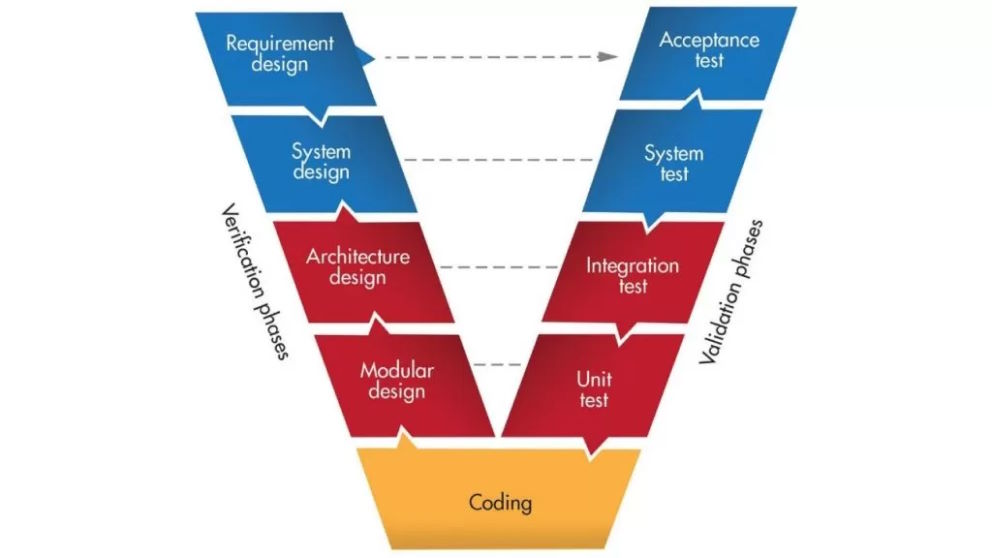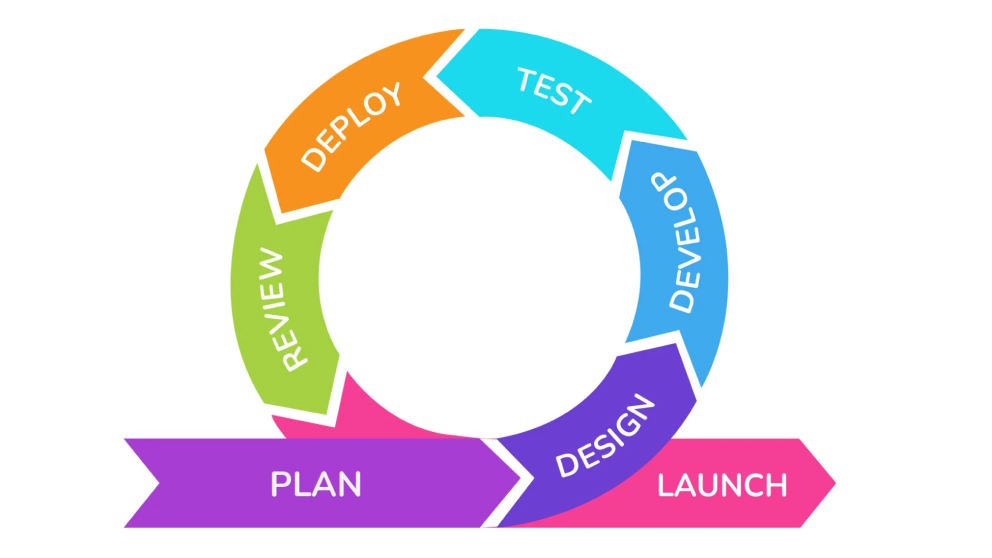Purpose
This article provides a comparative overview of two popular software development methodologies: the V-Model and Agile. While both models aim to ensure high-quality software delivery, they differ significantly in structure, flexibility, and adaptability to change. This comparison highlights the key characteristics, strengths, and suitable use cases for each model to help in selecting the right approach for different project requirements.
Verification Phases (Left Side)
- Requirement Analysis: Gathering and analyzing system requirements.
- System Design: Defining the system’s architecture and design.
- High-Level Design (HLD): Breaking down the system into modules, specifying interfaces.
- Low-Level Design (LLD): Detailing internal logic and module specifics.
- Coding: Writing and developing the code based on design specs.
Validation Phases (Right Side)
- Unit Testing (LLD counterpart): Testing individual code modules.
- Integration Testing (HLD counterpart): Testing module interactions.
- System Testing (System Design counterpart): Testing the complete system.
- Acceptance Testing (Requirement Analysis counterpart): Validating against business needs.
Key Features of the V Model: The V Model pairs each development phase with a corresponding testing phase for early defect detection, has a rigid structure, and works well in controlled environments with stable requirements. It is commonly used in small- to medium-sized projects with high reliability needs, like safety-critical applications.

V Model
Agile Methodology
Unlike the structured, sequential approach of the V Model, Agile is a flexible and iterative development methodology designed to accommodate change. In Agile, projects are broken into smaller cycles, called sprints, allowing continuous feedback and adaptation.
- Iterative Development: Agile emphasizes iterative work in short cycles, enabling regular updates based on client feedback.
- Collaboration and Communication: Agile promotes close collaboration among team members and stakeholders, ensuring all parties remain aligned.
- Flexibility: Agile is well-suited for projects with evolving requirements, as it embraces changes at any stage in development.
- Focus on Working Software: The primary measure of progress in Agile is the delivery of functional, tested software at the end of each sprint.

Agile Model
Conclusion
Both the V Model and Agile methodologies serve different project needs. The V Model is best for projects with stable requirements and a need for structured testing, as seen in safety-critical applications. Agile, in contrast, is ideal for projects that require flexibility and continuous adaptation, making it highly effective in dynamic environments where requirements may evolve. Choosing the right model depends on the project’s complexity, need for flexibility, and criticality of the end product.